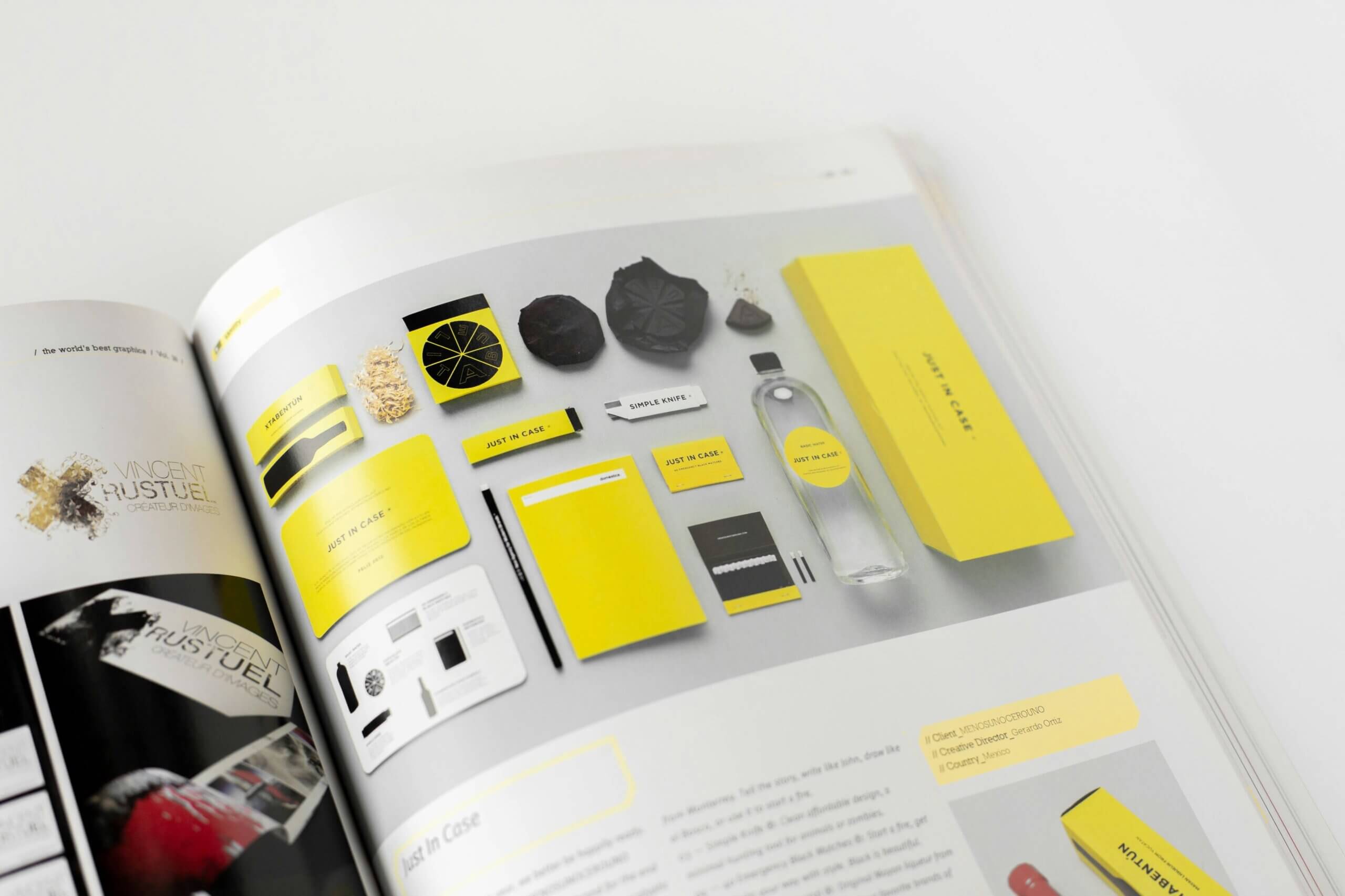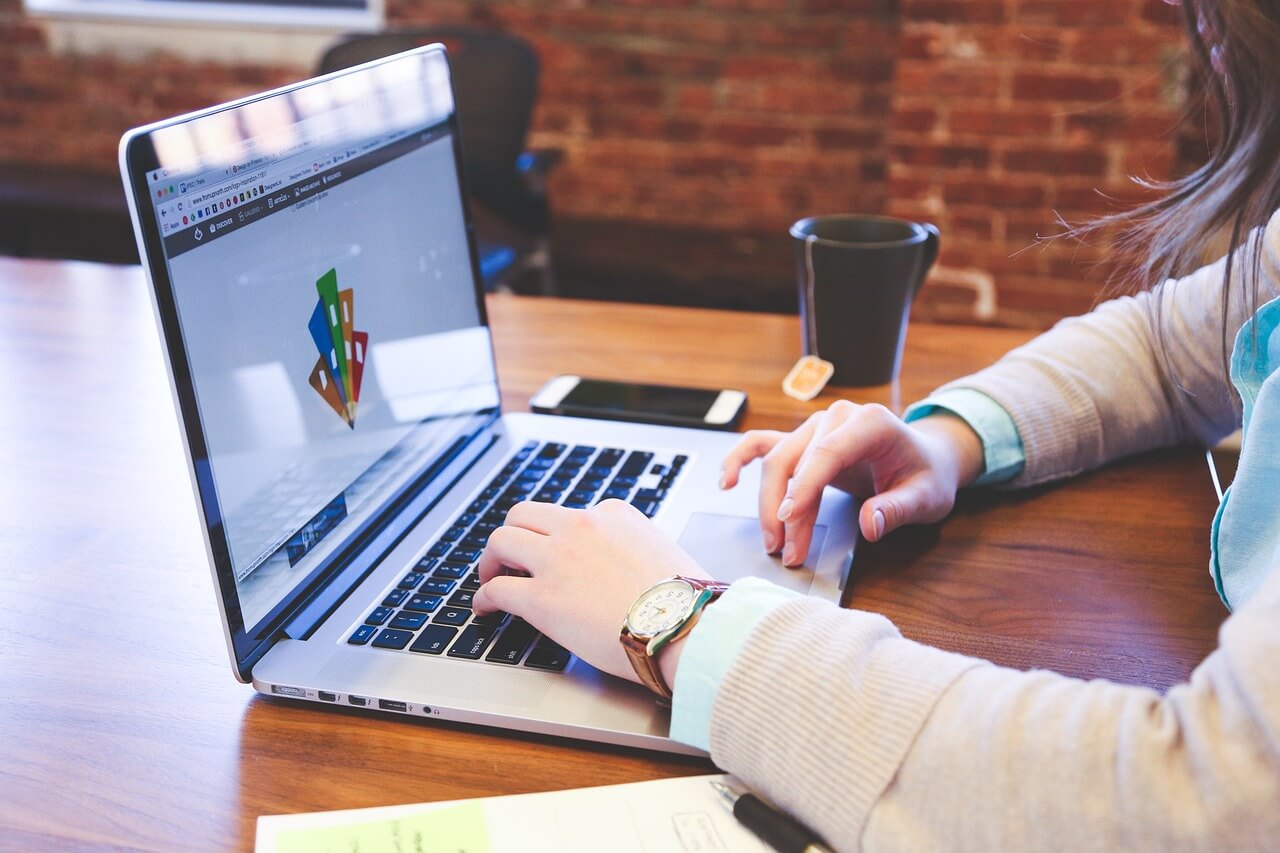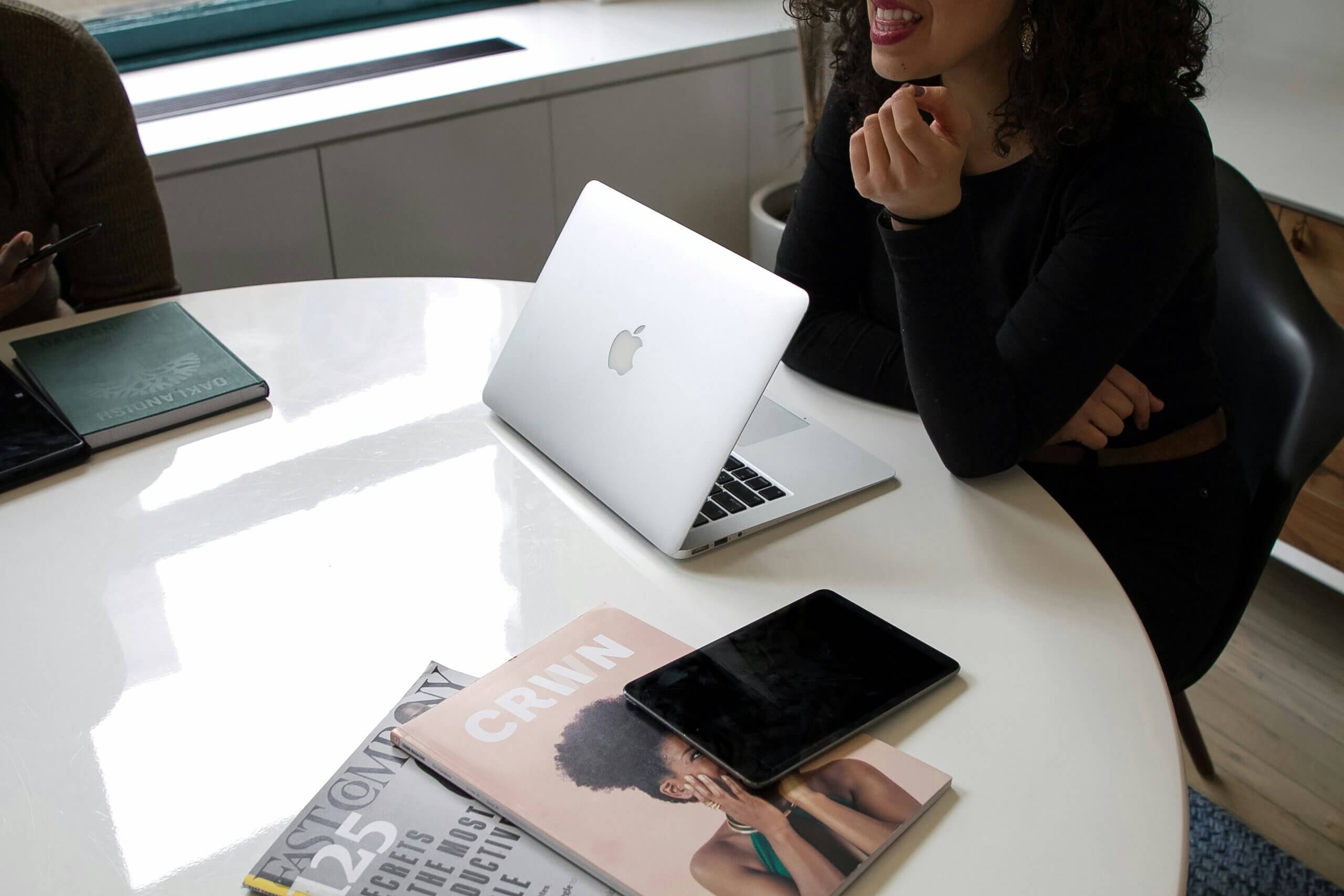Visuals play an essential role in an efficient company’s marketing strategy as they help to communicate information in a more compelling way than plain text.
The human brain interprets visual information quickly and in a straightforward manner, meaning that graphic design helps deliver a message in the most powerful way possible. So, there’s no surprise that graphic design is an impactful marketing tool that you should consider adding to your marketing strategy (if you haven’t done so yet).
In addition to conveying information more effectively, a well-thought-out graphic design can go a long way toward building brand identity and driving conversions.
And while we take graphic designs that surround us daily for granted, there’s a lot of work done behind each of them. In this guide, we’re taking a closer look at the exceptional graphic design process, from briefing to feedback and improvement.
Graphic Design Process Explained
So what is the graphic design process? In a nutshell, it’s a sequence of steps to create a graphic design concept.
However, the actual graphic design process is more complex than it seems. Besides ensuring that the image is eye-catching and communicates your message successfully, it’s vital to keep it brand-consistent and relevant to the target audience.
To achieve this, graphic designers should follow a strict step-by-step process involving many problem-solving, communication, and critical thinking skills.
Let’s find out how to create an outstanding graphic design step-by-step.
How To Create A Fantastic Graphic Design Step-By-Step
Despite being a creative endeavour, the process of graphic design calls for being well-organized and strictly following a sequence of steps.
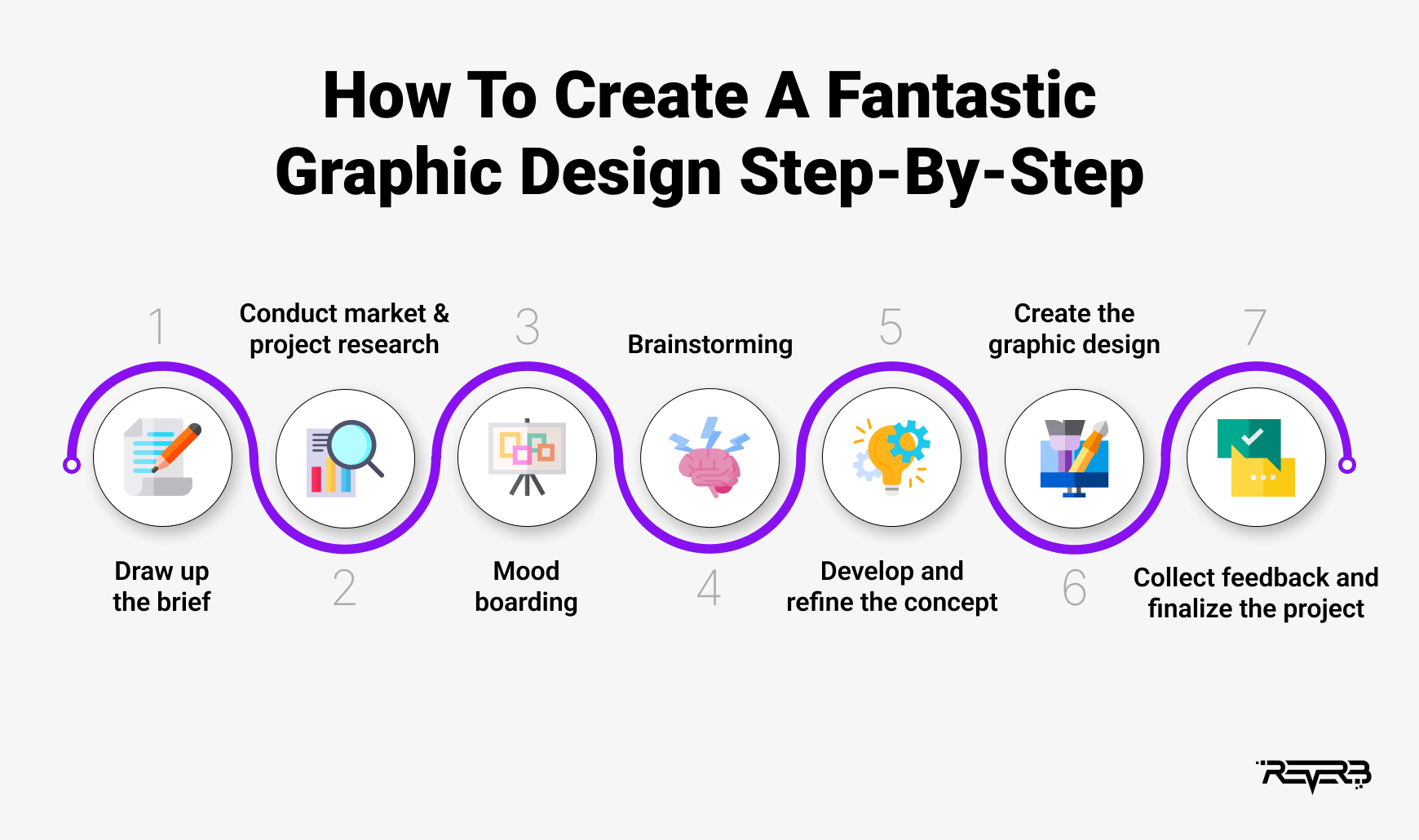
1. Draw up the brief
Every masterpiece starts with a thorough design brief that describes the client’s requirements and project specifications.
Here, communication plays a crucial role. Your client should realize that the project’s success will directly depend on how precisely their needs and wants are communicated.
Pro tip: You can significantly streamline this process by asking your client strategic questions to get the following information:
- company details, such as their mission and unique value proposition
- target audience
- brand guidelines
- asset type (for instance, a custom logo design, an email marketing template, a website theme, etc.)
- the goal of the asset
- brand guidelines (if existing)
- design requirements (preferred style, colors, fonts, etc.)
- size and format type of the end product
- the budget for the project
- examples of designs the client likes
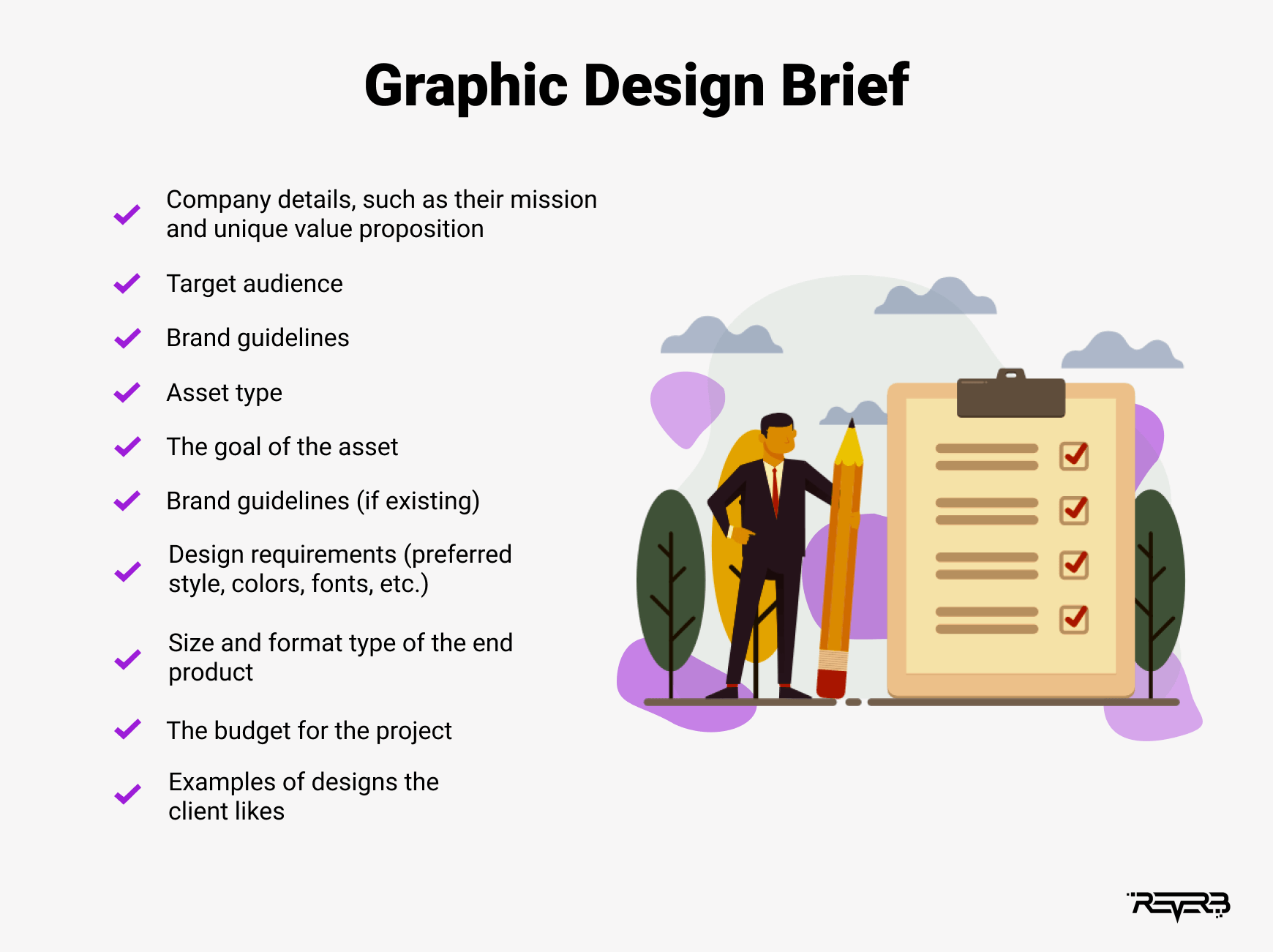
It’s okay if filling out the brief takes several rounds — this way, you can ensure that no detail is missed and the brief is clear and specific.
After you have the final brief in place, you can plan the overall project timeline and the key milestones.
2. Conduct market & project research
As the planning work continues, this step of creating a graphic design doesn’t involve producing any design. During the research phase, designers collect information to help them better understand the audience and the client’s product or service. Some even use a mockup generator to show the product beforehand.
Pro tip: Here’s a research checklist to help you make sure you’ll have the complete details to back up your future graphic design:
- study the product or service you’re representing
- look into your client’s past designs
- research competitors’ graphic designs
- explore visual content targeted at your audience outside your client’s niche
- consider in which ways you can apply color theory and current graphic design trends
3. Mood boarding
Mood boarding is a strong starting point in creating a graphic design that generates value and serves as a visual reference for the team. Mood boards include images, color palettes, fonts, textures, and other design elements.
At this stage, you bookmark relevant design examples, collect ideas, and select ones that best reflect the brand and the project requirements. The project may require leveraging Canva design service, so you need to be comfortable using it.
Pro tip: You can source your inspiration from design galleries, photo stocks, color palette sites, typography galleries, social media, and the physical environment. Also, you can explore different fonts that can beautify your designs. For that, you can visit a top notch font generators tool where you will find diversified fonts that can take your design game to the next level.
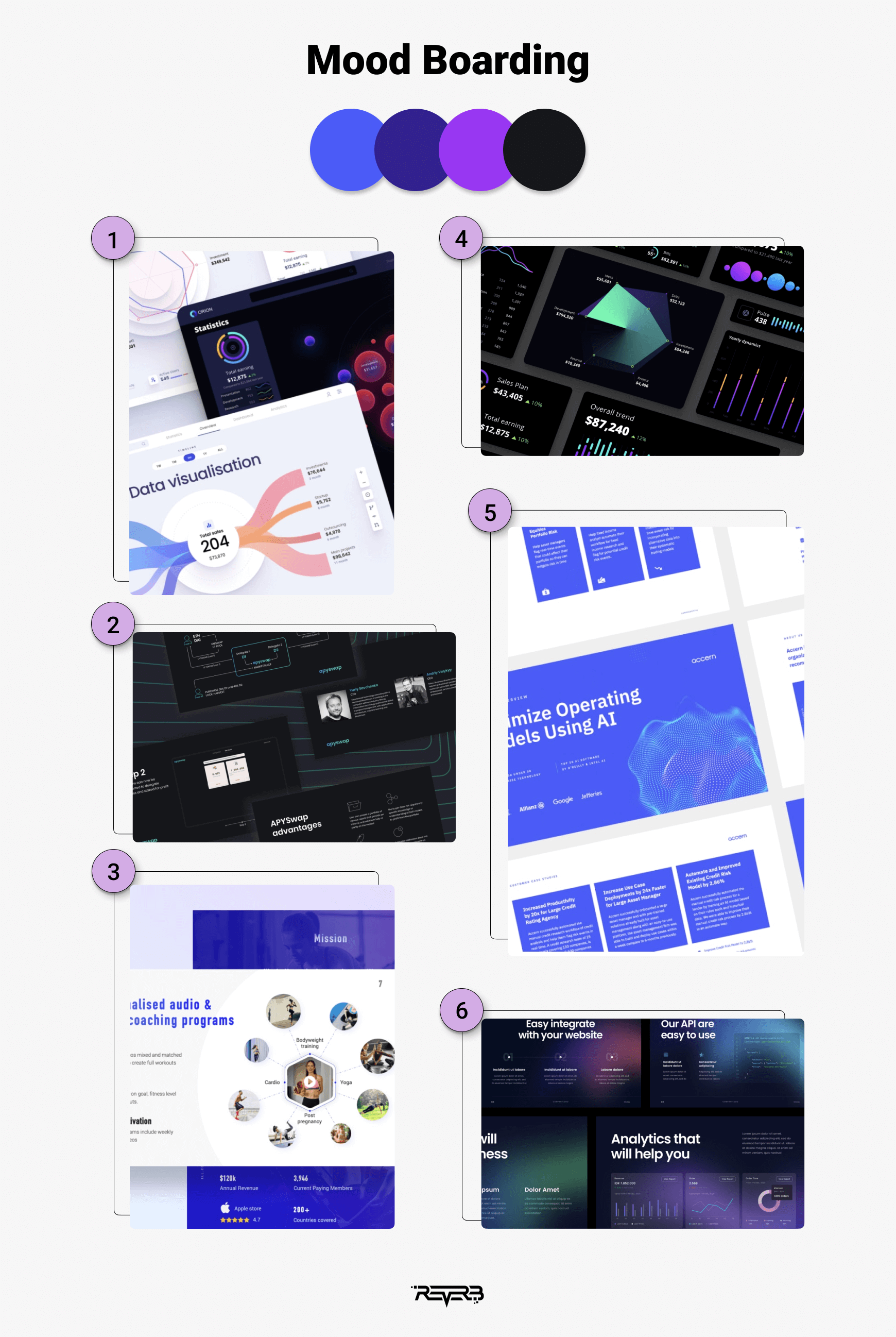
4. Brainstorming
Now, it’s time to decide how exactly you’re going to meet the client’s requirements.
Brainstorming is a great way to develop multiple ideas to solve the design task. No matter whether it’s done as part of a team or individually, the main point here is to sort out the most valuable ideas and discard worthless ones. It will be a smart idea to use calendar SharePoint to make brainstorming even more effective and discuss ideas about design tasks much more productively.
Pro tip: Select three to five best ideas and present them to the client to choose the one you pursue for further development.
5. Develop and refine the concept
Creating the graphic design concept is undoubtedly the most exciting stage of the entire design process. With the research data, a mood board, and the idea approved by the client at hand, you can start working on the design concept.
The main thing to keep in mind is that the concept should align with the information in the client’s brief. It has to be different from the designs already existing on the market, so make the most of your imagination and creativity to come up with a unique, eye-pleasing design concept.
Pro tip: You can prepare multiple rough sketches to find out which ideas look most appealing. When done, choose the best three to refine and present to the client.
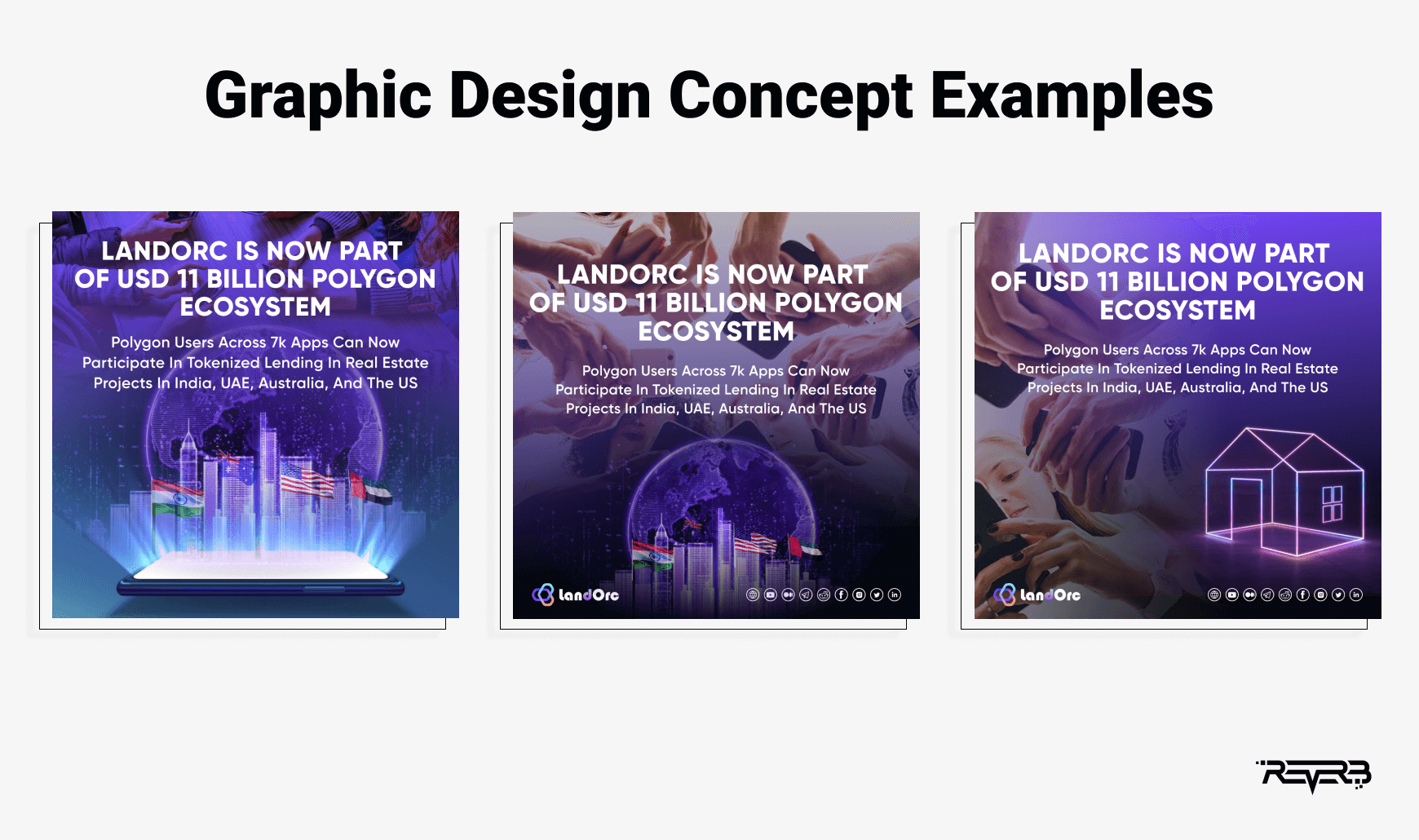
You can share the files by email or take printouts to a meeting. Once the client approves one of the drafts and provides suggestions to improve, you can get down to refining the final concept.
Finally, when the final concept is approved (it can take a couple more edits), you can proceed to develop the graphic design.
6. Create the graphic design
Here we come to the actual design phase.
Of course, the process varies for different types of graphic assets. Still, its primary goal always remains the same — creating a design that will meet the client’s requirements, reflect the brand, cater to the target audience, and effectively communicate the message.
For this, graphic designers follow established practices of using color, fonts, typefaces, whitespace, etc. and stick to the provided style guide.
Pro tip: Today, there are plenty of digital tools that streamline the design process for graphic designers, which translates into more efficient workflows and quicker time-to-market.
In addition, depending on the terms of the contract, designers can create several versions of the design to let the client choose between them.
7. Collect feedback and finalize the project
Once the design is completed, it’s time to present it to the client and get feedback. If the client requests changes, the designer implements them until the product fully meets the client’s requirements.
Pro tip: The process can take place all over again several times, so to save yourself time and stress, never skip the briefing stage to make sure you have all the necessary information to address the client’s needs best.
As soon as the design is polished and ready to market, deliver the files to the client in the format specified in the brief.
Conclusion
Despite being a genuinely creative process, graphic design requires a practical approach. Hopefully, the described graphic design process steps will help you ensure a smooth workflow and achieve your project goals without hassle.
If you’re looking for a top-notch graphic design team to assist you with creative tasks, drop us a line. ReVerb has a team of talented graphic designers who’ll create amazing design concepts for your site, app, or ad creative following a well-established process.






